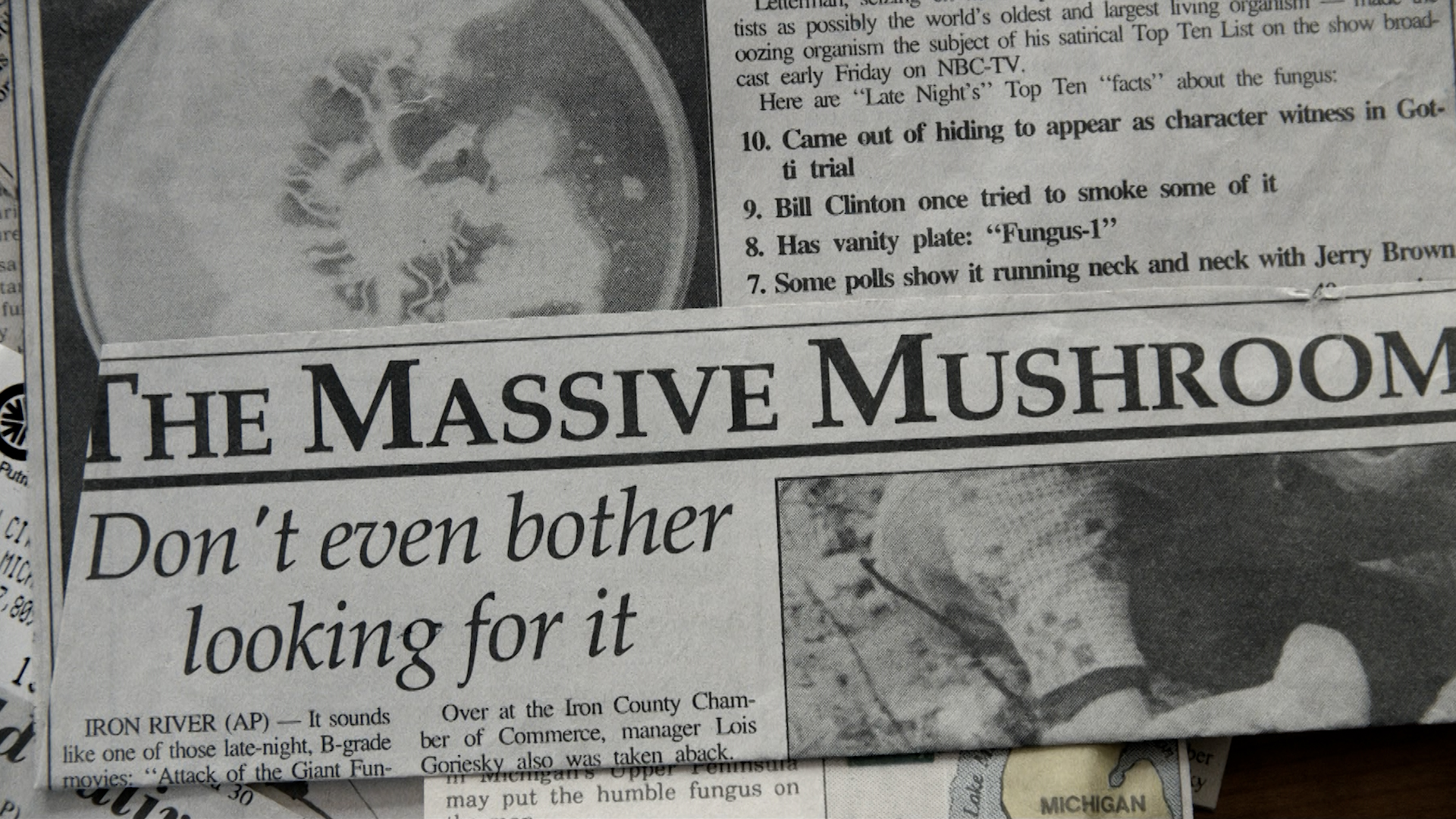
“Listen to your elders” is something we often hear, and what could be more of an elder than a 2,500-year-old fungus that’s alive and well in the Great Lakes region.
In 1992, scientist and forest pathologist Johann Bruhn discovered a very large mycelium – the root-like structure forming a fungal colony – in Crystal Falls, Michigan. It went undiscovered for centuries partly because such a significantly sized organism exists as an underground network, with only its fruiting mushrooms appearing at the surface for people to see.
Though there’s still so much left unknown about this fungus – like the reason it has fewer mutations from one end to the other than any human despite its age – there’s a lot we can learn from it too, according to Myron Smith, a biology professor with Carleton University in Ontario.
Smith was a graduate student when the fungus was discovered and studied it with Bruhn and Jim Anderson, professor emeritus at the University of Toronto Mississauga. In a recent interview with Great Lakes Now, Smith shared some of his takeaways from his observations of the fungus and what we can all learn from it.
“This fungus is quite adaptable to different areas, dry areas, wet areas, upland areas, different small little communities within the forest,” Smith said. “It’s really remarkably resilient and adaptable to these micro-environments.”
Watch Great Lakes Now’s segment on the humongous fungus here:
Lessons Learned:
-
Sustainability and Survival
The fungus has maintained itself and grown for thousands of years without depleting resources. It’s managed what it has and created a sustainable system to thrive in – something humans could stand to learn in our use of resources.
-
Stability
This fungus’ lifespan is hundreds of times the length of any human’s. While immortality is still far from our grasp – and maybe desire – a number of illnesses still plague humans that perhaps this fungus could be the key to solving.
“This genome is incredibly stable, and we need to understand something about that if we want to prolong human life or to decrease the effects of aging in other organisms,” Smith said.
-
Networking
Some people love it, some people hate it, but maintaining a solid community is important for anybody trying to live life and develop a career.
“This fungus is an excellent networker,” Smith said. “We see that because it is able to maintain its genome across this incredibly large area and somehow protect that genome from viruses, plasmids and other elements that might come in and disrupt its genetic stability.”
The lesson here is protect our own networking systems as a method of protecting ourselves.
-
Evolution
Because of the extensive amount of time that this fungus has been alive and growing, it can serve as a useful model for studying evolution, how organisms might change and develop over time.
When each cell divides and branches, it’s like “a new species is arising.”
“We can study, in a sense, a microcosm of an evolutionary tree by understanding the way the genetics is partitioned within the individual,” Smith said. “So that’s a really interesting model and will be a lot of fun to think about in the future.”
-
Circular Economy
The problem of plastics is one that continues to haunt us, as humans keep using plastics without properly disposing of it. But that’s where this mushroom comes in.
The fungus has a large genome because it makes a lot of different enzymes, which the fungus uses to break down wood from different types of trees.
“Some of those enzymes are probably now useful to break down plastics,” Smith said. “And so, as we think about a circular economy where we’re starting to use bioplastics and then try to degrade them at the other end, the enzymes produced by these fungi may be very useful for biotechnology to break down these plastics.”
Catch more news at Great Lakes Now:
Episode 2204 Lesson Plans: The Fungus Among Us
The Age of Nature: Humanity’s relationship with nature in the Great Lakes region and beyond
Featured image: A fruiting body of a mushroom is just the tip of the iceberg. Underground, vast networks of mycelium traverse acres of the forest and play an important role in the health of Great Lakes forest ecosystems. (Photo Credit: Subterranean Films)




